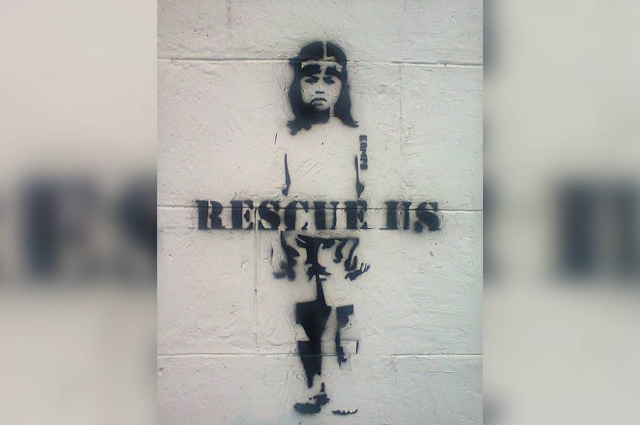
Image by Eduardo Davad from Pixabay
Child trafficking takes many different forms. Some are forcibly abducted, others are tricked and still, others opt to let themselves be trafficked by the promise of earnings but not suspecting the level of exploitation they will suffer at the end of the recruiting chain. Trafficking always involves a journey, whether within the country or across international borders. The relocation takes children away from their families, communities, and supports network, leaving them isolated and utterly vulnerable to exploitation. It is estimated that 1.2 million children per year are affected by trafficking.
Though the trafficking of children is a shadowy practice some dominant regional patterns are identical. In West and Central Africa, children are placed in a marginal position within other families. This practice is being used to exploit children both within and outside home. Children are also trafficked into plantations and mines and in those countries affected by conflict, they are directly affected by militias. In East Asia and Pacific most trafficking into child prostitution, though some children are placed in industrial and agricultural work. In South Asia trafficking forms most common child labor problem in the subcontinent often related to debt bondage. In addition a significant number of children are trafficked for other purposes, including prostitution, carpet and garment factories, construction projects and begging. In Europe, children are mainly trafficked from east to west reflecting the demand for cheap labor and child prostitution in the richer countries of the continent. Children are also used as unskilled labor and in the entertainment sector.
An estimated 8.4 million children work under pressure for slavery.
Protective measures.
- Strengthening the capacity of families and communities to take care children.
- Government commitment to child protection by providing budgetary support and social welfare policies targeted at the most excluded and invisible children.
- Ratification and implementation of legislation both national and international concerning children's rights and protection.
- Prosecution of perpetrators of crimes against children and avoidance of criminalising child victims.
- An open discussion by civil society and the media of attitudes, prejudices, beliefs and practices that facilitate abuse.
- Ensuring that children know their rights are encouraged to express them and are given vital life skills and information to protect thselves from abuse.
- Availability of basic social services to all children without discrimination.
- Monitoring, transparent reporting and oversight of abuses.
Ujjawala is a scheme to combat trafficking launched by ministry of women and child development to combat trafficking.
